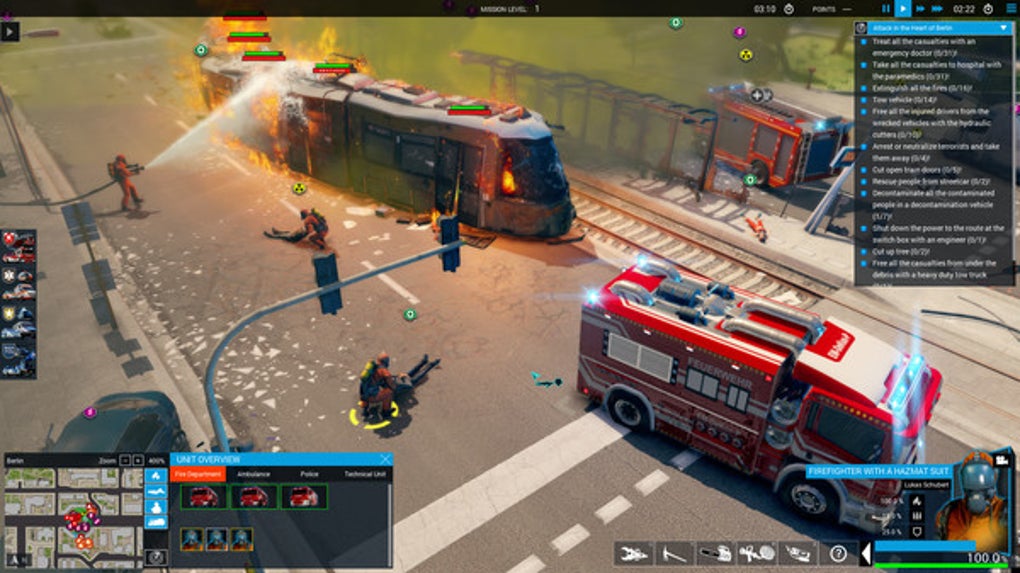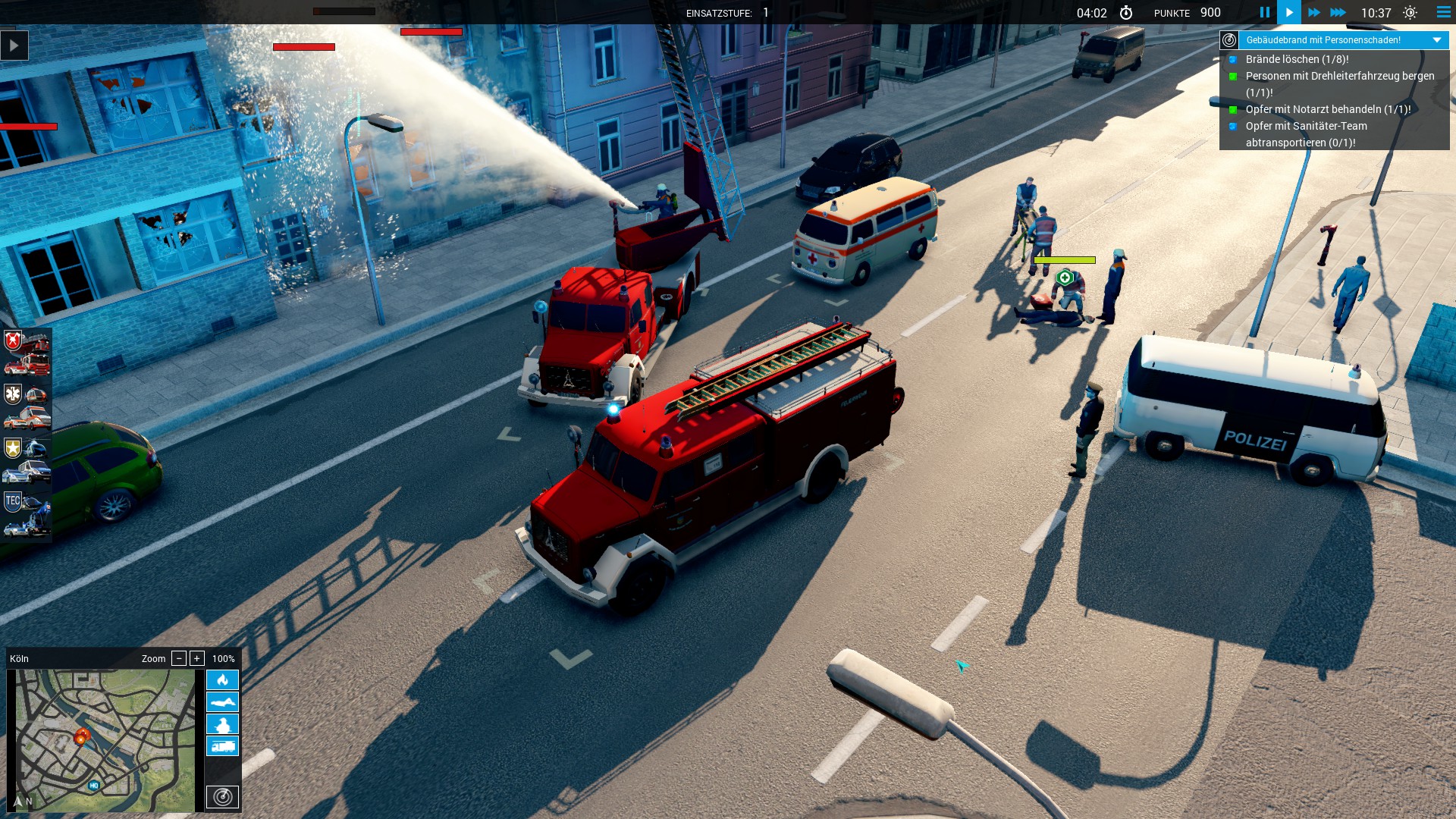

The second change addresses simultaneous operation for combination units.

The first is that the requirement for tepid water is now defined as having a temperature of between 60 and 100 degrees Fahrenheit (15 to 37 degrees Celsius).
#Emergency 20 specs update
The 2014 update to Z358.1 added two important criteria. It goes without saying that these safety devices should be constructed of corrosion-resistant materials. Activation valves must open within one second and remain open until intentionally closed or turned off. If the local climate presents potential for freezing conditions, the equipment must be designed to avoid freezing or protected against that situation. Self-contained or personal wash devices are allowed, but they are considered supplemental units that can provide immediate flushing while transiting to the permanent fixture. For example, a quick calculation for the safety shower at 20 gpm yields 300 gallons needed. This usually translates into having the equipment plumbed in with hard connections to the water supply. Requirements for bothīoth safety showers and eyewash stations must be able to provide the recommended flow for at least 15 minutes. An eyewash gauge should be used to verify and test the flow pattern. The nozzles should be at least six inches from any obstruction and mounted between 33 and 45 inches above the floor. ANSI Z358.1 recommends a flow of 0.4 gpm also at 30 psi. Eyewash specsĮyewash stations target just the eyes and therefore have a lower flow requirement. It is recommended that the shower head be mounted between 82 and 96 inches off the floor, with the valve no higher than 69 inches. The center of the sprayhead pattern should be at least 16 inches from any wall, door, or obstruction. For safety showers, the shower head must be capable of flowing 20 gallons per minute (gpm) at 30 psi and producing a 20-inch diameter spray pattern at 60 inches above the surface where the user stands. Rest assured that OSHA will, should one or more agents show up for an inspection. Safety shower specsīegin by checking your facilities for the proper hardware, as recommended by Z358.1. So let’s review what is “recommended” for acceptable safety equipment.

In fact, OSHA uses this reference as a guide when inspecting facilities. This ANSI standard is very detailed in terms of defining what is appropriate for safety showers and eyewash stations. So how do we know if we are meeting the intent of the law?įortunately, we have the American National Standards Institute (ANSI), and their consensus standard Z358.1, last updated in 2014. 151 Medical Services and First Aid, it states that “where the eyes or body of any person may be exposed to injurious corrosive materials, suitable facilities for quick drenching or flushing of the eyes and body shall be provided within the work area for immediate emergency use.” OSHA doesn’t provide more specifics regarding what constitutes “suitable” or how “immediate” is defined. Back at work a few days later, he noticed a coworker using the same eyewash to clean glassware and stainless steel trays, which were left resting in the sink in a cleaning solution. (D’oh!) Long story shortened, he flushed his eyes at the nearest eyewash, but they remained irritated and began to swell shut, necessitating a visit to the emergency room. He was not wearing safety goggles or glasses. The worker was using a fluorescent stain in the cytogenetics lab and felt something splash into his eyes. And we recently noticed a post on the American Industrial Hygiene Association pages for Lab Safety Chemical Exposure Incidents, where improper use of an eyewash resulted in a trip to the emergency room. One extreme example we constantly recall is the tragic UCLA accident several years ago, which resulted in a fatality from chemical burns. Yet we Safety Guys are continually shocked by laissez-faire attitudes toward the use and maintenance of basic safety equipment by lab personnel, and the resultant unnecessary injuries. Likewise we are aware that many organic chemicals (such as acid halides, phenols, and so on) are corrosive and often toxic.
#Emergency 20 specs skin
As lab managers and employees, we know that many inorganic chemicals (such as the mineral acids and alkalis) are corrosive to the skin and eyes.


 0 kommentar(er)
0 kommentar(er)
